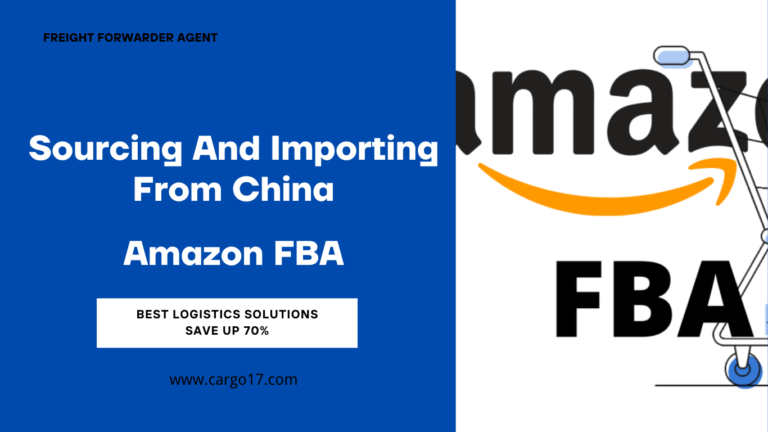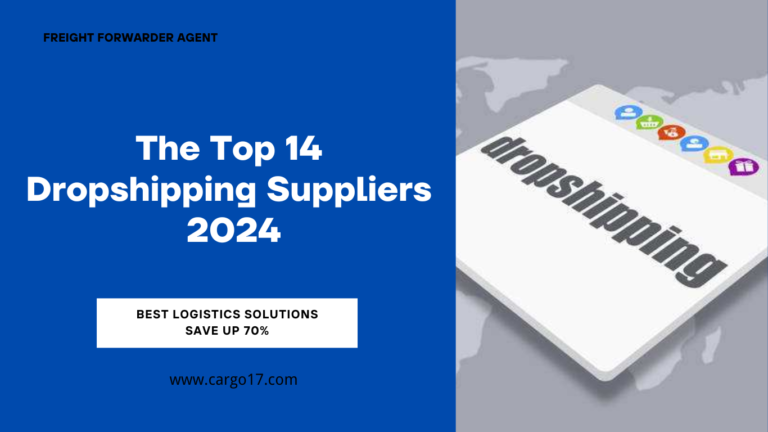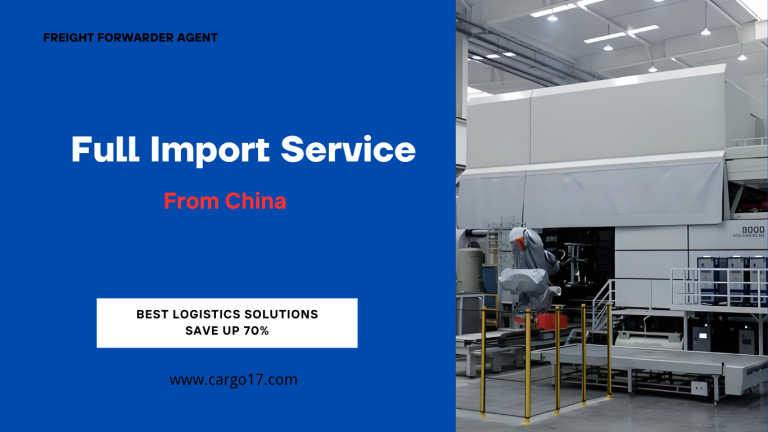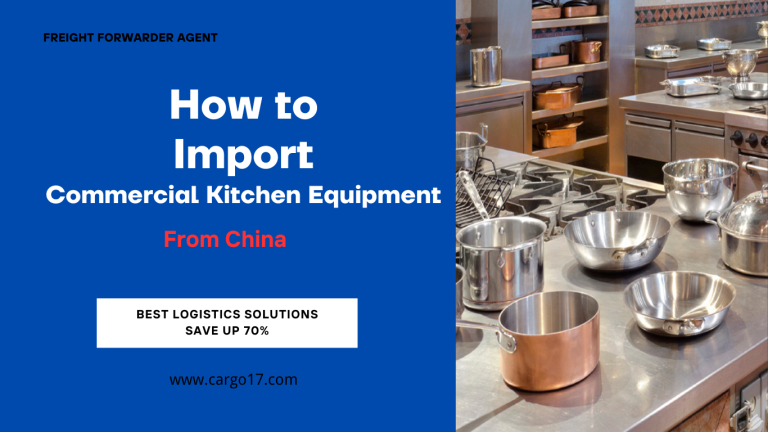success Stories of Shipping Farming Equipment to Different Countries,
In the realm of farming and agriculture, the need for shipping equipment worldwide has become increasingly prevalent. As farmers and agricultural businesses expand their reach beyond domestic borders, understanding the logistics and intricacies involved in shipping farming equipment becomes paramount. In this article, we will delve into the crucial aspects of successfully shipping agriculture and farming equipment to different countries by exploring real-world case studies, providing valuable insights for industry professionals and enthusiasts alike.
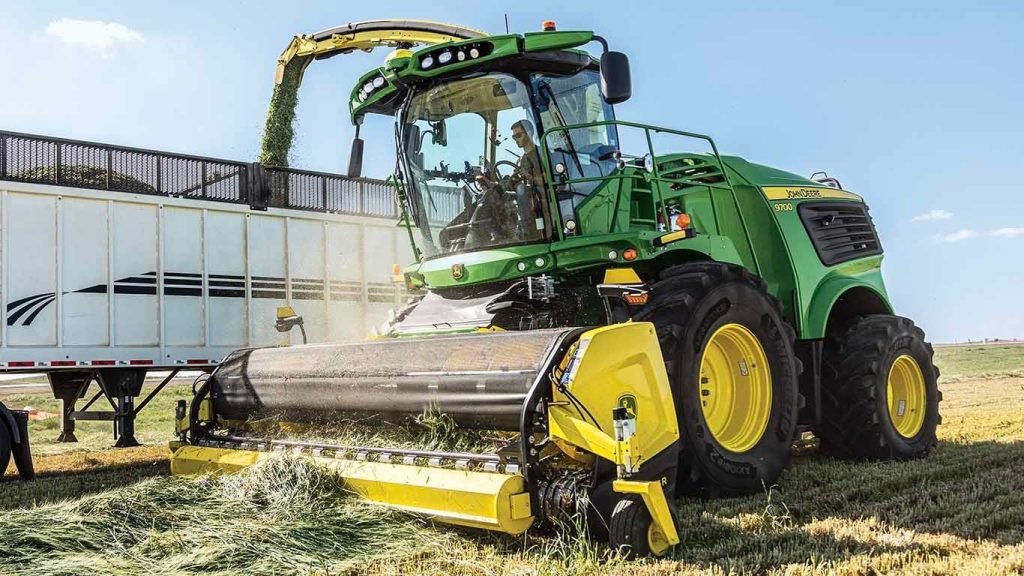
Understanding Agriculture and Farming Equipment:
Before shipping any equipment, comprehending the diverse types and features of agricultural machinery is essential. Case studies will highlight the importance of understanding equipment specifications and addressing unique challenges associated with each type of machinery. From tractors and harvesters to irrigation systems and sprayers, gaining knowledge about the equipment ensures smooth transportation and operational efficiency.
Types of Equipment
- Tractors and Harvesters: Tractors are the workhorses of the agricultural field, powering a wide range of tasks from plowing and tilling to hauling and planting. On the other hand, harvesters are specialized machines designed to collect and process crops efficiently, streamlining the harvesting process for large-scale farming operations.
- Irrigation Systems: As water scarcity becomes a growing concern, irrigation systems are critical in optimizing water usage. These systems ensure crops receive the right amount of water at the right time, enhancing crop yields and reducing water wastage.
- Planting and Cultivation Machinery: Precision is key in modern agriculture, and planting and cultivation machinery help achieve that precision. These machines ensure consistent seed placement and spacing, leading to uniform growth and higher yields.
- Livestock Handling Equipment: For farms involving livestock, animal handling equipment is essential. This category includes tools such as feeding systems, milking machines, and handling facilities that contribute to the welfare and efficiency of livestock operations.
- Storage and Processing Machinery: Post-harvest activities are just as crucial as cultivation. Storage and processing machinery, including grain silos, cold storage units, and food processing equipment, help preserve the quality of produce and maximize its value.
Size, Weight, and Fragility Considerations
Agriculture equipment varies widely in terms of size, weight, and fragility. Tractors and large machinery can be massive and heavy, requiring special handling and transportation methods. Delicate components such as sensors and precision mechanisms demand careful protection to prevent damage during transit.
Shipping Farming Equipment to Different Countries
Preparing Equipment for Shipping:
Preparing equipment adequately for shipping is vital to mitigate risks of damage and ensure seamless transport. Learn from case studies that outline efficient methods for dismantling, cleaning, and packaging farming equipment. Explore tips for securing loose and detachable parts, protecting delicate components, and considering space constraints during loading.
Selecting the Right Shipping Method:
Ground Transportation: Ground transportation is a common and cost-effective choice for domestic shipping. Trucks equipped with specialized trailers can accommodate various agriculture equipment sizes. This option is well-suited for relatively shorter distances and can be tailored to the equipment’s dimensions and weight.
Ocean Freight: Ocean freight is suitable for shipping larger or heavier agriculture equipment across international borders or longer distances. Container ships or Ro-Ro (Roll-On/Roll-Off) vessels transport equipment in containers or as rolling cargo. Sea freight offers economies of scale but requires more extended lead times.
Air Freight: While more expensive than sea or ground transportation, air freight is the fastest option for shipping time-sensitive equipment. It’s ideal for urgent shipments, perishable items, or instances where minimizing transit time is crucial. However, due to the higher costs, air freight is generally reserved for valuable or time-critical equipment.
The size and amount of the shipped equipment determine whether to choose LTL or FTL. LTL entails sharing a truck with other shippers, which makes it more cost-effective for modest cargoes. FTL includes reserving a complete truck for your equipment, which is ideal for larger shipments. FTL allows for greater control over the transportation process and lowers the chance of damage from multiple handling locations.
Containerization and Crating
Containerization is the process of enclosing equipment inside ordinary shipping containers to protect it from external factors and harm. Crating is the process of creating specialized wooden crates around equipment to provide additional protection. These approaches are especially useful for maritime freight since they protect the equipment from moisture, salt, and physical handling.
Properly built containers or boxes keep the equipment securely positioned, preventing movement and potential damage during transit. Following industry standard practices for packaging is critical to ensuring the equipment’s integrity upon delivery.
Customs restrictions, documentation, and potential language hurdles all add to the complexity of shipping agricultural equipment internationally. When shipping across borders, take into account import/export licenses, taxes, levies, and local standards. Consulting with skilled freight forwarders specializing in international shipping will help you manage these issues and ensure a smooth cross-border journey.
Additionally, consider the cultural and legal norms of the destination country. This includes understanding local transportation infrastructure, potential challenges at ports, and any specific equipment types or sizes requirements.
Finally, selecting the appropriate shipping method is critical when transferring agricultural and farming equipment. By assessing the equipment’s size, urgency, destination, and budget, you may make informed selections that enhance efficiency while avoiding risk. Whether choosing ground, sea, or air freight, or between LTL and FTL, the technique should be tailored to the shipping project’s individual demands and goals.
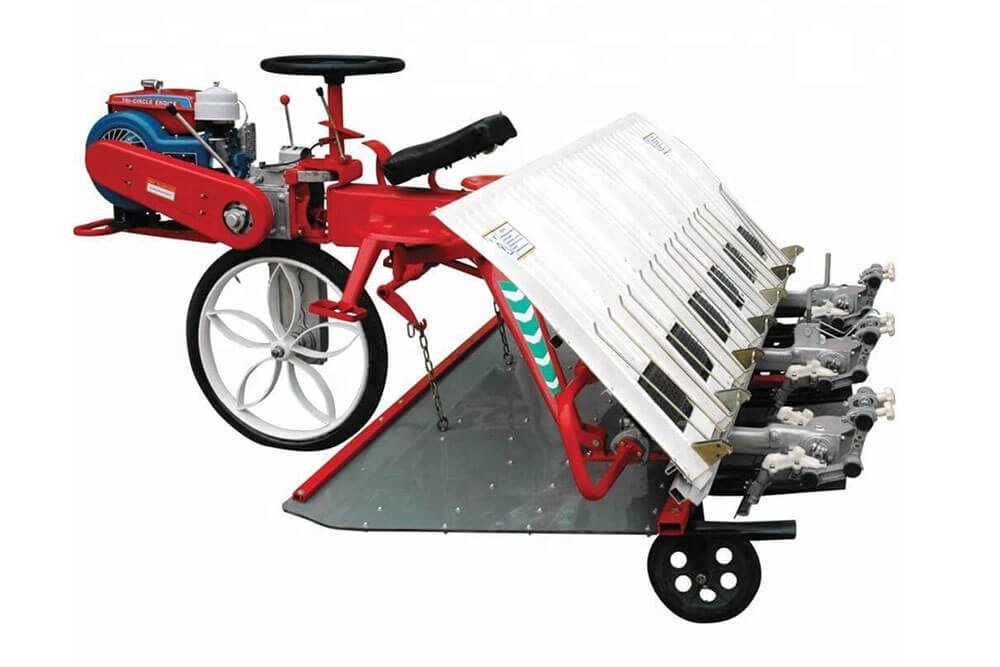
Farming Equipment Documentation and Customs Clearance:
Navigating the realm of international shipping for agriculture and farming equipment requires meticulous attention to documentation and customs clearance procedures. This section sheds light on key documents involved in the process and the critical considerations for dealing with customs regulations and tax implications.
Bill of Lading
The Bill of Lading (BOL) is a legal document used as a contract between the shipper and the carrier. It includes information such as the type of equipment being transported, its amount, packaging, and destination. The BOL also defines the terms of transportation, such as responsibilities, liabilities, and delivery instructions. This document is crucial for monitoring and claiming cargo, as well as efficient equipment management during transportation.
Commercial Invoice
The Commercial Invoice is a thorough statement supplied by the shipper to the consignee that describes the value of the transported equipment and serves as the foundation for customs valuation. It contains information about the buyer and seller, as well as the equipment’s description, quantity, price, terms of sale, and payment information. Accurate and detailed commercial invoices are required for customs clearance and the calculation of appropriate taxes and levies.
Import and Export Permits
Many countries require special import or export permissions for specific types of agricultural equipment. These permits are frequently based on criteria such as the equipment’s intended usage, environmental impact, and adherence to local legislation. It is critical to conduct research and secure the proper licenses before exporting to avoid delays, fines, or even refusal of entrance at the destination port.
Dealing with Customs Regulations
Customs regulations can be complex and vary by country. Customs officers examine papers, check cargo, and determine conformity with regulations. To facilitate a smooth clearance process, please submit correct and comprehensive information on all papers. Collaborating with professional customs brokers or freight forwarders can help you understand and meet the unique criteria of each country.
Tax and Duty Implications
Import taxes, levies, and tariffs differ greatly depending on the country and type of imported agricultural equipment. Understanding the financial ramifications is critical for budgeting and avoiding unexpected expenses. Some governments provide tariff exemptions or discounts for specific types of agricultural equipment in order to promote local farming and food production. Properly classifying the equipment according to the Harmonized System (HS) code is critical for appropriately calculating any taxes and fees.
Furthermore, the tax ramifications do not end with the point of entry. Some countries charge value-added tax (VAT) on imported items, such as agricultural equipment. When estimating the total cost of importing equipment, remember to include VAT and other applicable taxes.
The documentation and customs clearance procedures are critical in international agricultural equipment transportation. Attention to detail, precision, and compliance with rules are critical for avoiding delays, lowering expenses, and assuring a smooth passage. You may successfully negotiate the complexity of cross-border transportation by understanding the requirements, import/export permits, customs procedures, and tax ramifications.
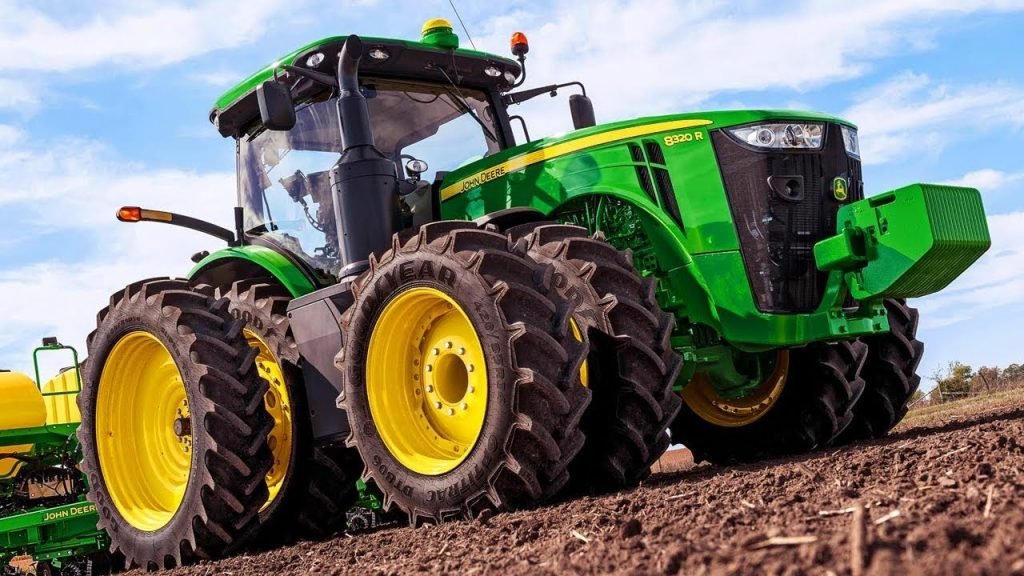
Working with Freight Forwarders and Carriers:
Learn from case studies that highlight the importance of partnering with experienced freight forwarders and carriers specializing in agricultural logistics. Discover how these professionals assist in selecting appropriate shipping routes, handling paperwork, negotiating customs procedures, and coordinating seamless transportation, ensuring peace of mind for shippers.
Ensuring Safe and Secure Transportation:
Safety and security during transportation are paramount when shipping expensive farming equipment across borders. Case studies will address strategies for handling bulk equipment, securing fragile components, and protecting valuable machinery from theft, vandalism, or weather-induced damage. Explore the role of insurance coverage and proactive measures to minimize risks during transit.
Receiving and Unpacking Equipment:
Upon arrival at the destination, proper unloading, inspection, and unpacking procedures are essential. Real-life examples will guide readers in conducting thorough equipment inspections, checking for damages, and ensuring the inventory matches the shipped items. Understand best practices for efficiently unloading and organizing the equipment to minimize downtime.
Shipping farming and agricultural equipment to different countries requires a comprehensive understanding of the nuances involved in managing logistics and ensuring a safe and efficient transportation process. By exploring case studies and delving into the intricate facets discussed in this article, shippers can gain valuable insights to successfully navigate the complexities of international agricultural shipping, ultimately leading to increased operational efficiency and profitability.
If you are considering expanding into new markets, XCJD Logistics can assist you. As an experienced logistics supplier, we will provide assistance to you at every step through professional logistics knowledge, visibility, and communication skills. Sea freight, air freight, express delivery, procurement in China, product testing, warehousing, supplier selection, one-stop service, contact us immediately for consultation

